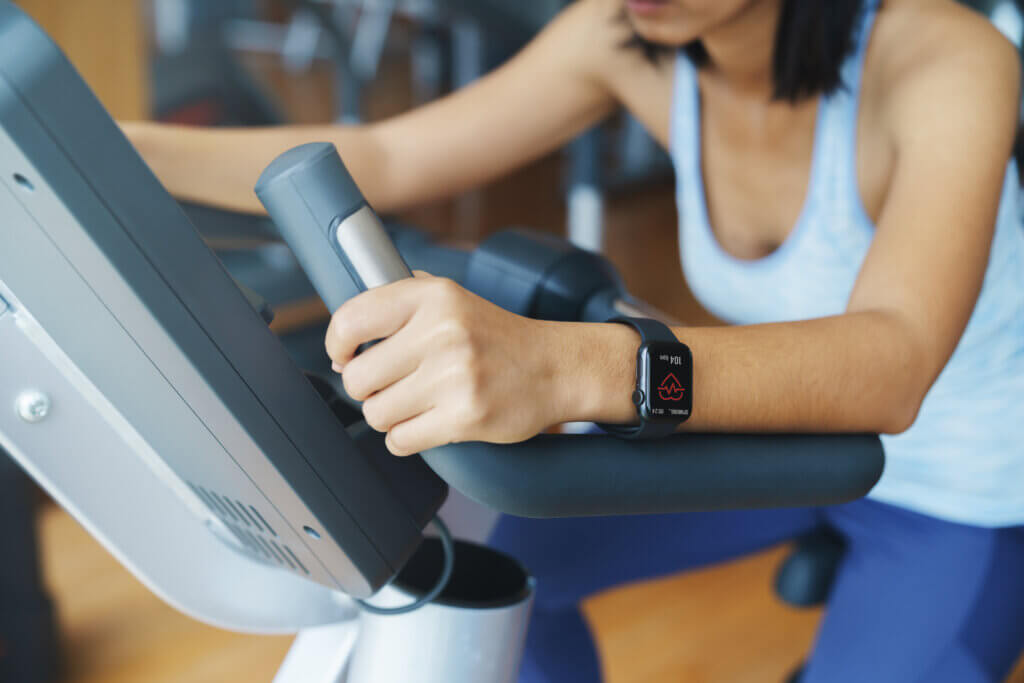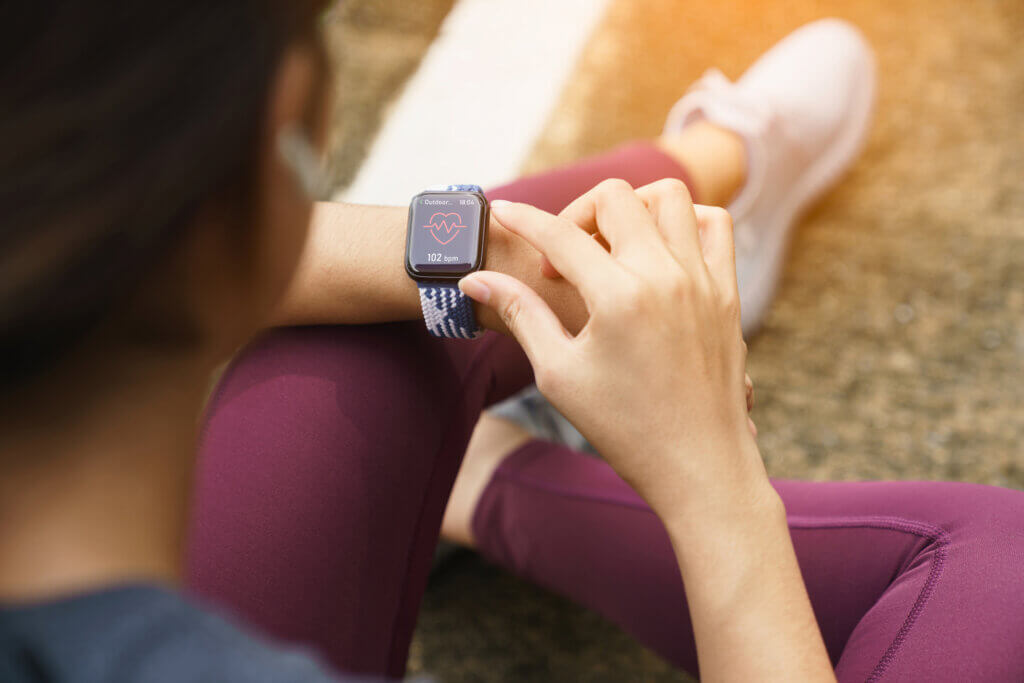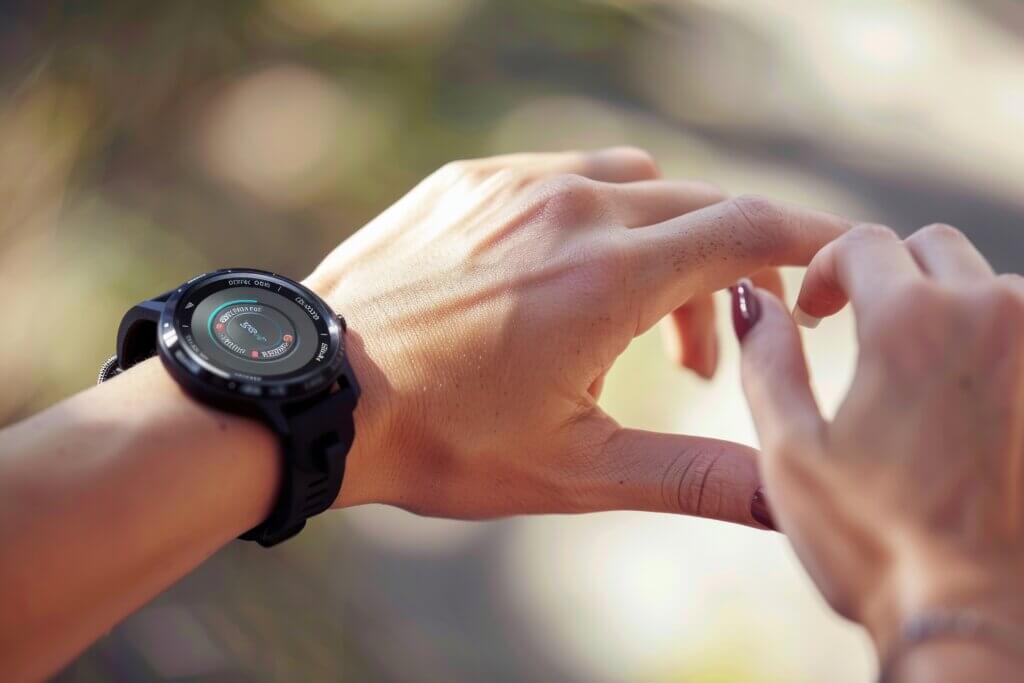As coaches, we understand the value of tracking progress and setting measurable goals for our clients. In 2024, wearable tech has become an indispensable tool, transforming the way we approach fitness. Devices like smartwatches, fitness trackers, and advanced apps provide real-time data that not only helps clients stay motivated but also enables coaches to design more personalized, data-driven training plans.
The surge in wearable tech isn’t just a passing trend—it’s reshaping the fitness industry. Let’s explore how coaches can harness the power of these innovations to enhance their clients’ performance and well-being.
What Makes Wearable Tech So Effective?
Wearable technology collects a wide array of data points, ranging from heart rate and steps to sleep quality, recovery metrics, and even stress levels. As a coach, you can use this data to create a more tailored approach to your clients’ training plans, ensuring that they’re progressing in a safe and efficient way. Here’s why this tech is so effective:
Real-Time Feedback
One of the greatest benefits of wearables is the immediate feedback they provide. Clients can monitor their heart rate during a workout or track their step count throughout the day. This constant feedback keeps them engaged and motivated, allowing them to adjust their activity levels in real-time.
Accountability and Motivation
Many clients find tracking metrics like daily steps, calories burned, or hours of sleep to be highly motivating. By wearing devices that send notifications or reminders, they’re encouraged to stay on track, which fosters long-term consistency.
Holistic Health Monitoring
Wearables today go beyond just fitness—they provide insights into overall health. From tracking sleep quality to measuring heart rate variability (HRV), these devices can give both the client and the coach a comprehensive view of the client’s well-being. This means you can make adjustments to the training plan based on recovery needs, fatigue levels, or stress indicators.
How Coaches Can Utilize Wearable Data
Incorporating wearable data into your coaching strategy can take your programs to the next level. Here are some effective ways to leverage this technology to optimize client results:

Personalised Programming Based on Data
With wearable data, you can adjust workout intensity, duration, and recovery strategies based on your clients’ specific needs. For instance, if a client’s wearable shows they haven’t had adequate sleep or recovery, you can adapt the workout to focus on lower-intensity activities like mobility work or recovery sessions. On the flip side, when data shows high energy levels, you can push clients harder for strength or endurance gains.
Example: If your client’s HRV score is low, signalling that they haven’t fully recovered, you can swap a high-intensity interval training (HIIT) day for a lighter workout like yoga or stretching, allowing their body to recover while still maintaining a workout routine.

Monitoring Progress and Setting Goals
Wearables make it easier to set and track SMART goals (Specific, Measurable, Achievable, Relevant, Time-bound). By using objective metrics, you can help clients visualize their progress, which is crucial for motivation. Whether it’s increasing their daily step count, improving their VO2 max, or logging better sleep, you can break down larger fitness goals into manageable, trackable tasks.
Example: A client looking to improve cardiovascular endurance can track their heart rate during steady-state cardio, using their wearable’s data to stay within a specific target heart rate zone to optimize fat burning or aerobic capacity.

Recovery and Injury Prevention
Data from wearable tech can give you insights into your client’s recovery process, ensuring that they’re not overtraining. By tracking rest and recovery, including sleep duration, HRV, and resting heart rate, you can identify early warning signs of burnout or injury. This allows you to adjust programming to prevent injuries and support better long-term fitness results.
Example: If a client’s resting heart rate is elevated for several days, it may indicate that their body is under stress, requiring a de-load week or rest period. This prevents overtraining and allows for proper recovery.

Incorporating Gamification for Engagement
Many wearables offer features that gamify fitness, such as streaks, challenges, and virtual races. As a coach, you can use these features to create friendly competition among clients, encourage engagement, and keep things fun.
Example: Host a weekly step challenge or virtual race among your clients, using data from their wearables to determine the winner. This kind of group engagement fosters a sense of community and keeps clients motivated to push their limits.
Popular Wearable Tech for Coaches to Know
There are a variety of wearable devices on the market, each offering unique features that can enhance client tracking and engagement. Some of the most popular ones in 2024 include:

Apple Watch
Known for its versatility, the Apple Watch tracks everything from heart rate to blood oxygen levels, offering advanced fitness metrics and app integrations that coaches can use to monitor client progress.
Oura Ring
This sleek, minimal device tracks sleep, activity, and readiness scores, making it ideal for clients who want deep insights into their recovery and overall health.
WHOOP
Focused heavily on recovery, WHOOP tracks strain, recovery, and sleep, making it a powerful tool for optimizing performance based on recovery metrics.
Garmin
Particularly popular among runners and endurance athletes, Garmin wearables offer advanced GPS tracking, heart rate monitoring, and performance analytics tailored for outdoor workouts and training.
Challenges of Wearable Tech
While wearable tech is a fantastic tool, it’s essential to approach the data with a balanced mindset. Too much reliance on metrics can lead to “data fatigue,” where clients become overly fixated on the numbers, leading to stress or discouragement. It’s important to remind clients that while data can provide insights, it’s not the only measure of progress.
Additionally, the accuracy of wearable data can vary depending on the device, so it’s essential to guide clients in interpreting the data correctly and using it to enhance—not dominate—their fitness journey.
As a coach, embracing wearable tech can set you apart by offering a more tailored and data-driven approach to fitness. It allows you to create personalized, efficient, and effective training plans that adapt to your clients’ real-time needs and progress. The integration of wearables into coaching is a step forward, enabling a more holistic understanding of each client’s fitness journey.
By utilizing the data from these devices, you can not only push your clients to achieve their fitness goals but also improve their overall health and well-being. The future of coaching lies in combining the best of technology with your expertise to provide an unparalleled fitness experience.
Do you currently use wearables in your coaching practice? How have they impacted your approach to client training? Let me know in the comments!
